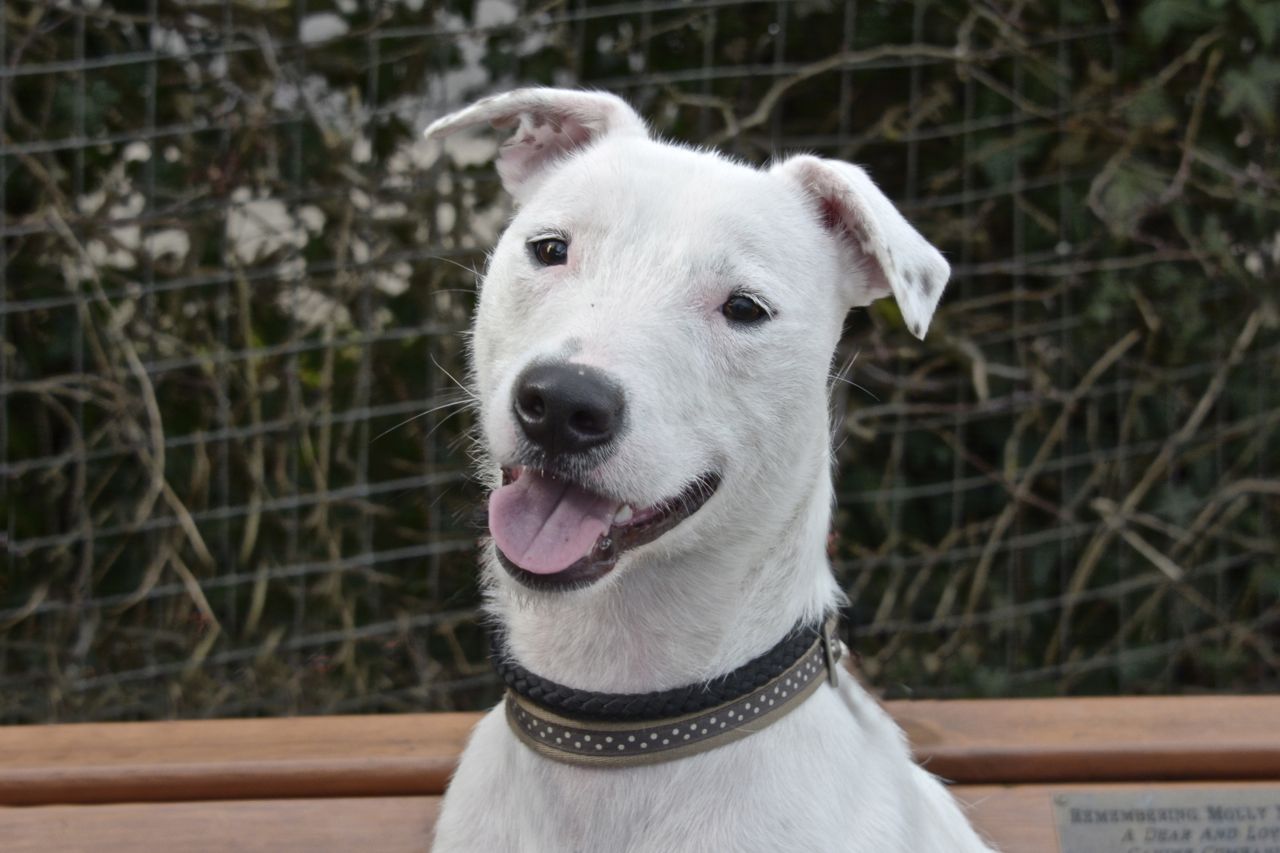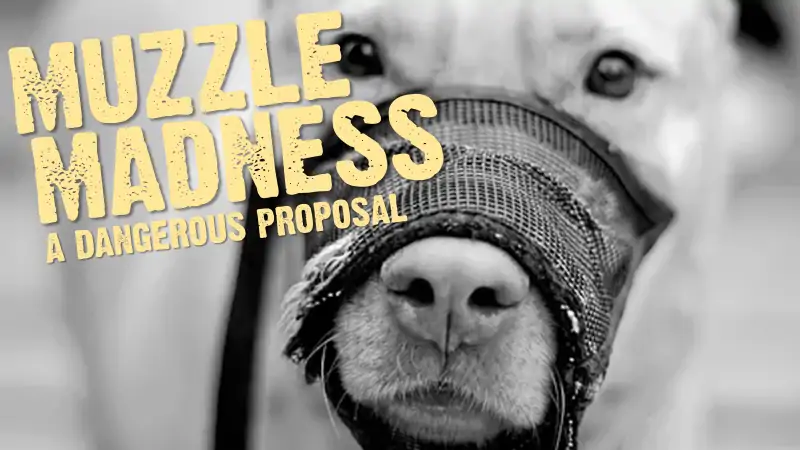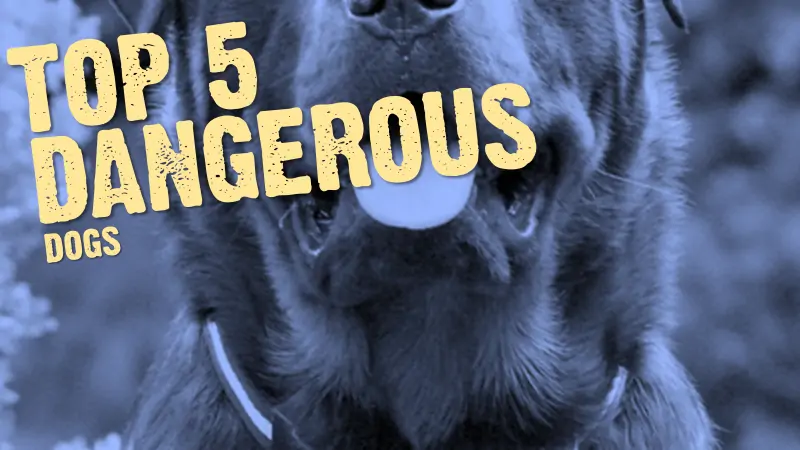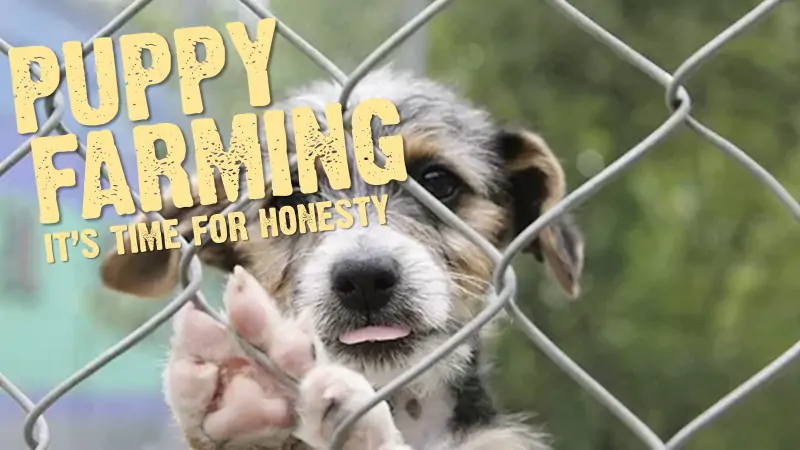No matter what age your dog (with puppies you would begin this training at around 10 weeks of age) you can teach your dog new tricks and commands. In this article we’ll show you how to teach your dog the ‘stay’ command.

Now on to the lesson plan – keeping firmly in mind that kindergarten training is primarily for teaching a dog how to learn, we can introduce the command to “stay” when the dog is but ten weeks of age. Thus far, we’ve written the words “sit” and “come” on the chalkboard of the dog’s mind.
We’ve given the dog no opportunity to do otherwise when those commands have been given. Therefore, the dog cannot have been guilty of any disobedience in response to those commands. He certainly didn’t perform any of those behaviours on his own, of course, but at that age he shouldn’t be expected to. We’re teaching the dog how to learn, so always keep that in mind!
Introducing The Stay Command
If you’re beginning with a puppy, start this work when the dog is around 10 weeks of age, and during your fetch-sit games, you can introduce the word “stay” into your dog’s vocabulary in the following manner:
With the dog in a sitting position, and prior to throwing out the fetch toy, place your left hand on the dog’s rear to assist in holding him in that sitting position. Give the command “stay” in a firm, authoritative voice, placing your other hand (palm open) at his eye level for added emphasis. Then throw to fetch toy.
If the dog does not move in an attempt to go to the toy, praise him immediately and release him with “Okay, get the toy.” If the dog moves in an attempt to retrieve the toy, tell him “No!” Lead him back to the exact spot and reinforce the command to stay.
Have him hold that sit-stay position for a few seconds, then release him to retrieve the toy, followed by the usual praise – and, at the conclusion of the training period, his treat reward.
How To Teach Your dog To “Sit-Stay”
When teaching your dog to “Sit-Stay,” put him on leash at the beginning of the training. Find a quite area without distractions. Command your dog to “Sit” and when he does, tell him to “Stay.” As you say the command, drop your voice at the end so that it does not sound like a question. Swing your flat open hand toward the dog, palm facing him as if you were going to touch his nose with it. Stop short of touching him and withdraw your hand. This is the hand signal that goes with the “Stay” command. Take one step back and wait.
Do not be angry or disappointed when your dog gets up and starts to walk toward you. Do not think that he is dumb or spiteful. Be kind, decisive, consistent and patient with him. Say “No,” then walk him back to exactly where he was sitting. Again, command “Sit,” signal him and tell him to “Stay.” He will probably think that “Stay” means just that and he may want to get comfortable and lie down. Most puppies will do this on the “Sit-Stay” at the point when he figures out what “Stay” means.
You could be so excited he is “staying” that you do nothing, however, lying down on a “Sit-Stay” means that your dog is breaking the command. This is where the test in your leadership comes into play. Your dog knows that if you fail to correct his breaking of this command, he can break any and all other commands. So when he lies down on the “Sit-Stay,” say “No, Sit-Stay!” Saying “No” tells him that he did wrong by lying down. “Sit” tells him what he should be doing instead, especially as you pull straight up on the leash and seat him again. “Stay” repeats and reinforces the second half of the command that he is working on.
As many times as he breaks the command by lying down or getting up, patiently repeat the three words “No,” “Sit,” “Stay” and place him back where he was sitting in the first place. This is the way for him to test his limits and to learn the exact definitions of vocabulary words. Know that he is not being bad and that he is trying his best to please you.
An Alternative Way Of Teaching Your Dog To Stay and Sit
The sit-stay is a basic exercise that all dogs should know. Here is how you do it. Hold your left hand, palm back, close to the dog’s nose and command ‘Stay!’ Step out with your right foot and turn and face your dog. Stay close to him at first! Pivot back on your left foot to heel position without circling your dog. Again, tell your dog to stay! Signal back with your left hand and move out on your right foot. Keep your leash slack, but be ready to make a quick correction if your dog shifts position! Now, with the dog facing you, hold your right hand in front of his nose and say “Stay!” and back away to the full length of the lead.
When the dog is at the handler’s side in heel position, the stay signal is given with the left hand held in front of the dog, palm back. When the dog is sitting and facing the owner, the stay signal is given with the right hand. It is held with the palm toward the dog and the fingers pointing to the ground. This is the signal that will later be used to make the dog sit from the down position. It should be put into effect at the start of training.
While your dog is facing you at the full length of the leash, circle slowly to the right and pass in back of your dog to heel position. As you move around, take up the slack in the lead with the left hand and hold it on the right side of the dog. If he moves, stand still and repeat the command “Stay!” as you jerk him back to a sitting position. Hold the dog with both hands, if necessary, while you circle around him, but don’t let him move from that spot until you give him permission. Stand quietly at his side. Pat and praise him while he is still sitting. Now release him from training and play with him.
Tell your dog to stay and stand in back of him. Stay close at first and be ready to correct him if he moves. The dog is permitted to turn his head but not his body. Correct him if he does. Step back to heel position. Don’t praise him yet. Tell him to stay once more. Step in back of him to the full length of the lead. Return to heel position. Say “Stay!” and face him. Go to the right of the dog and stand in back of him. Walk past him and face him again. Return to heel position. Don’t keep saying, “Stay!” Repeat the command if the dog breaks, but otherwise don’t say anything. Move slowly in the sit-stay exercise until the dog becomes accustomed to staying by himself. If the dog breaks position, move quickly! Allow as little time as possible between the actual mistake and the ensuing correction. With dogs in heel position, say “Stay!” Back with your left hand, out on your right foot, and go to the end of the lead.
Lean over and put the lead quietly on the floor. Command “Stay!” as you do so. Pick up your lead. Command “Stay!” at the same rime. Drop it again without leaning over. Pick it up. Circle back to heel position. Every time your dog moves forward to break the sitting position bounce the palm of your hand against his nose, or lift the lead sharply to throw him back again into position. Keep your lead slack when you step out from your dog!
Use a firm tone of voice when you give a command the first time – a demanding voice if the dog disobeys. Don’t keep repeating your dog’s name! Stress the command. Don’t keep talking to the dog. If he is sitting, let him alone. Repeat the command if your dog is disobedient.
Advanced Testing Of The Stay Command Using Distractions
Reaction to distraction testing requires a demonstration of the dog’s confidence when faced with distracting situations, which can be any two of the following, usually one auditory and one visual:
1. A person using crutches, a wheelchair or a walker.
2. Sudden closing or opening of a door.
3. Dropping a large book, no closer than ten feet, behind the dog.
4. A jogger running in front of the dog.
5. Good-natured pushing and shoving or animated excited talk and backslapping by persons, with the dog and handler passing within ten feet.
6. A person pushing a cart approaching from the front or rear, passing within ten feet.
7. A person on a bicycle approaching from the front or rear, passing about six feet to the side of the dog.
8. Knocking over a chair, no closer than six feet from the dog.
As he begins to understand the meaning of “Stay,” you will want to gradually lengthen the time he will stay. Have him stay for one minute the first time, three minutes the second time, and then for thirty seconds the third time. Your unpredictability will make your dog pay attention to you more carefully because he will not be able to second guess your timing.
Enter your email and never miss out on receiving our best articles:






